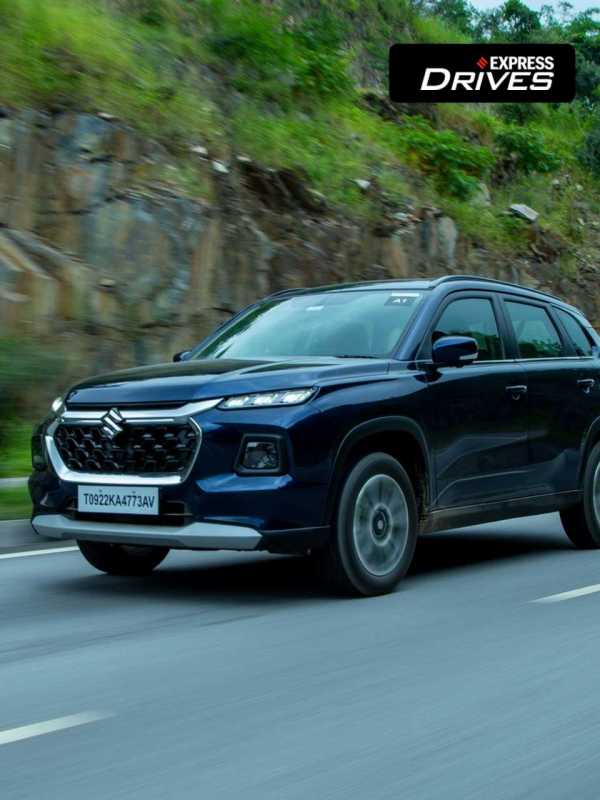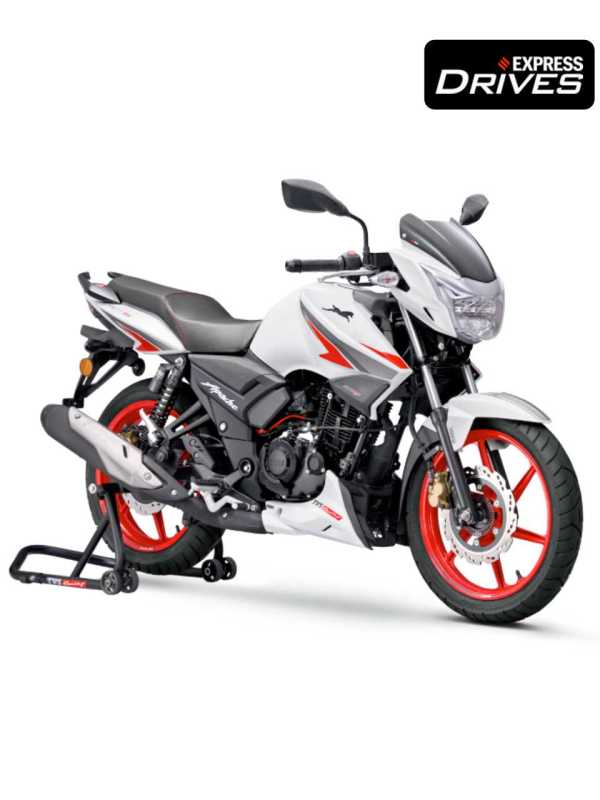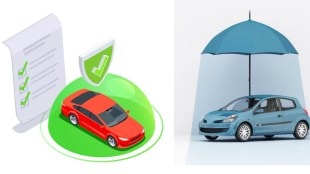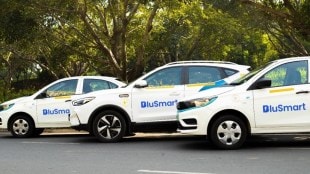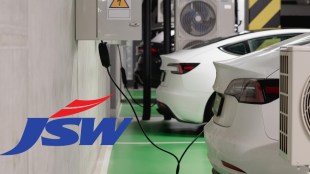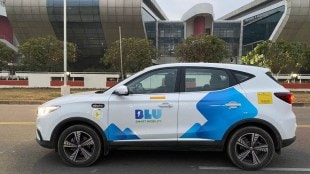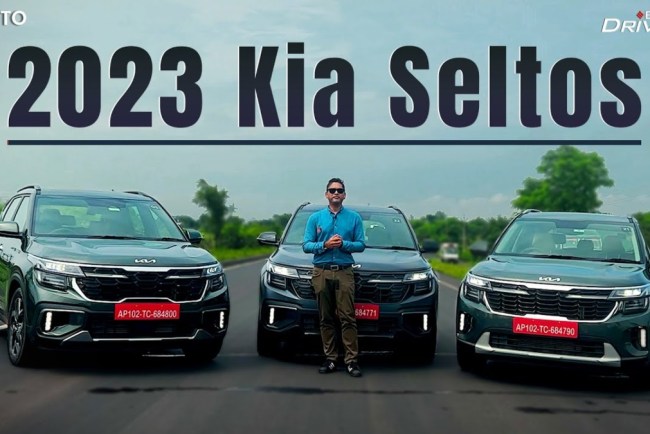By: Dr Sudhir Mehta
Electric buses, with their minimal carbon footprint and reduced air pollution, align perfectly with the country’s sustainability development goals. With public awareness of climate change and its consequences reaching unprecedented levels in recent years, there is a need to deploy electric buses as a viable mobility model. An electric bus for starters not only promises to reduce emissions but is also an affordable way to commute. Although understanding the environmental imperative is key to electric buses, one also needs to understand the market dynamics and how these are future-proofing our cities.
Reimagining public transportation
The most immediate and visible impact of mobility and transportation on the environment is air pollution. Internal combustion engines, particularly those relying on fossil fuels, release a plethora of pollutants into the atmosphere. Carbon dioxide (CO2), nitrogen oxides (NOx), particulate matter, and volatile organic compounds (VOCs) contribute to poor air quality, smog formation, and have detrimental effects on human health.
Although buses as part of a public transportation mechanism have a utilitarian value, electric vehicles can be leveraged to control air pollution. According to a 2023 research from the Indian Institute of Toxicology Research (IITR), gasoline powered vehicles were a leading cause of deteriorating air quality scores. Contemporary research from agencies such as a Greenpeace study also squarely blame gasoline powered vehicles for air pollution. Electric vehicles are therefore seen as an environmentally-safe mobility solution. In a country like India, electric buses could not only introduce a new chapter in urban mobility but also unlock unimaginable environmental benefits.
According to data from MoRTH’s (Ministry of road transport and highways) most recent annual year book, India accounted for 1.47 million buses. Of this, 7.4 percent or nearly 110,000 buses were public transportation buses. Traditionally, a gasoline operated bus could emit 822 grams of carbon dioxide per km. Simple math tells us that electrifying just the public share of buses (110,000) could help avert 90 tons of carbon dioxide per km.
Technological abilities
A key to the hypothesis of sustainability in electric buses is the aspect of technological availability. Today, there are a number of cutting-edge technological features and innovations that enable electric buses to become not only environmentally friendly but also efficient, reliable, and a beacon of future transit. For example, development on energy-dense batteries has increased significantly the range of electric buses, making them more practical for a variety of routes and ensuring uninterrupted service.
Evaluating three contemporary innovations should help understand the level of technological availability in the market today. First, to improve on the extensive charging times limiting operational efficiency, there is a rapid deployment of Ultra-fast chargers utilizing high-voltage DC power, enabling buses to recharge quickly during breaks. This has minimized downtime and maximized the time on the road. There is further innovation via smart energy management tools that optimize power usage based on route terrain, traffic conditions, and passenger load. Several electric buses today leverage predictive algorithms to ensure that efficient energy distribution.
Secondly, regenerative braking systems have become a standard feature in electric buses. These systems convert kinetic energy generated during braking into electrical energy, which is then fed back into the bus’s battery. Thirdly, the availability of light-material coaches and designs have contributed to efficiency. The use of high-strength, lightweight materials reduce the overall weight of the bus, improving energy efficiency and extending the battery range. Innovative design approaches also enhance passenger comfort and accessibility.
Global case studies
There are compelling reasons that have led cities around the world to make the switch to electric buses. In Shenzhen, China, for example, the entire public bus fleet was electrified between 2009-17. As on date, Shenzhen is home to over 16,000 electric buses. The transition not only reduced air pollution significantly but also demonstrated scalability and efficiency of electric buses in a densely populated urban environment.
Similarly, after introspecting on emission levels, public administrators in London electrified their iconic red double-decker fleets. The electric double-deckers, are equipped with advanced battery technology, and offer zero-emission transportation on some of the city’s busiest routes. Scandinavian cities, known for their commitment to sustainability, have also embraced electric buses. Oslo, Norway, has been at the forefront of electrifying its public transportation system. The city’s electric buses, operating in challenging Nordic conditions, showcase the reliability and efficiency of electric transit even in cold climates.
The adoption in developing countries such as Chile which adopted electric buses recently indicates the reliability and efficiency of the technology. Such encouraging trends are the reason why markets are optimistic of the global electric bus market growing by a CAGR of 47% by 2027. That also perhaps explains why countries such as India, China, Qatar, America, and even Turkey have taken a lead with electric buses in their electric-mobility programs.
Opportunity India
As the world shifts towards sustainable and environment friendly transportation solutions, India has a pivotal opportunity to emerge as the global volume leader in electric bus manufacturing. With a commitment to sustainability, supportive government policies, domestic manufacturing capabilities, manpower, strategic collaborations, and investments in research and development, India has the potential to revolutionize public transportation not only for its citizens but for the world. The electric bus manufacturing sector is not just an economic opportunity for India; it’s a chance to lead the charge towards a greener, cleaner, and more sustainable future for all.
The global electric bus market is expanding rapidly, and India has the opportunity and capability to tap into this burgeoning sector. By investing in research and development, infrastructure, and fostering innovation, India can position itself as a global manufacturing hub for electric buses. The economic benefits are manifold, ranging from job creation to attracting foreign direct investment. The potential for India to become a key player in the electric bus manufacturing industry aligns with the country’s larger vision of becoming a manufacturing powerhouse.
India is setting an inspiring example for the world by propelling bus transportation, a lifeline for over 50 percent of our population, into a greener and more promising future. Going forward, with the corrective government incentives, subsidies, and policy support, India shall soon become a global manufacturing hub for electric and new energy vehicles.
Is it the right strategy?
Despite the clear advantages of electric buses, skepticism persists among some segments of the population. Concerns about range, charging infrastructure, and initial costs need to be addressed through transparent communication. Public transit agencies and manufacturers must engage in proactive outreach, providing accurate information to counter misconceptions and build confidence in the reliability and feasibility of electric buses.
Successful adoption of electric buses relies on effective education. Public transit agencies and environmental organizations play a crucial role in disseminating information about the benefits of electric buses. From community workshops to targeted advertising campaigns, educating the masses about the positive impact of electric buses not only enhances awareness but also contributes to a positive shift in public perception.
The author is the Founder & Chairman EKA Mobility.
Disclaimer: The views and opinions expressed in this article are solely those of the original author. These views and opinions do not represent those of The Indian Express Group or its employees.








